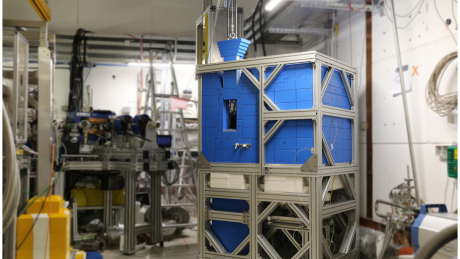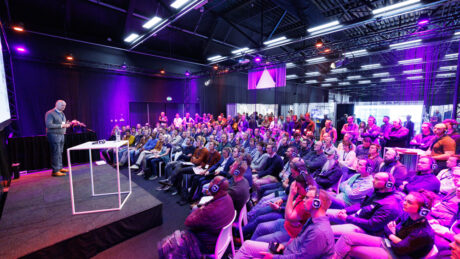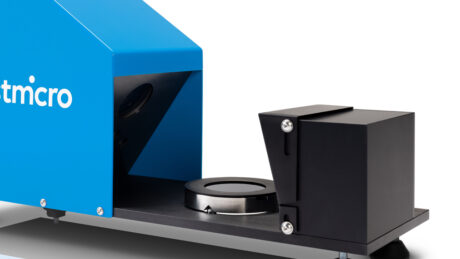Demcon Lunch lecture June
Breaking the power density world record. How to irradiate a target with an extremely high power density, while cooling it with liquid metal?

About this event
Conventionally, medical isotopes are produced in old nuclear reactors. In the framework of the SMART project of IRE, Demcon designs the heart of the factory for a ground-breaking alternative production method (the LightHouse technology). For this new method, a target is irradiated with a 3MW electron beam and extracted to produce the medical isotope Mo-99.
Such a large and complicated factory is in general hard to realize without a proper demonstrator. We will show how a proof of principle setup is built, that shoots a 30 kW electron beam onto a very small liquid metal-cooled target. With this extreme power density, we broke the world record.
The speakers will be: Yves Lenaerts and Gerard Oosterwegel
We will start at 12:02pm on June 13 2022
Please send an email to info@dspe.nl if you are interested in this Lunch lecture.
The Netherlands
DigitalReferences

For lumped systems consisting of different frictions and stiffnesses, there has been confusion in literature about hysteresis curves and virtual play for many decades.
Read more
In mid-April, the second edition of the Manufacturing Technology Conference and the fifth edition of the Clean Event were held together, for the first time, at the Koningshof in Veldhoven (NL).
Read more
Particle contamination monitoring and cleanliness control are fundamental to micromanufacturing processes across diverse industries to achieve cost-effective production of high-quality and reliable microscale devices and components.
Read more